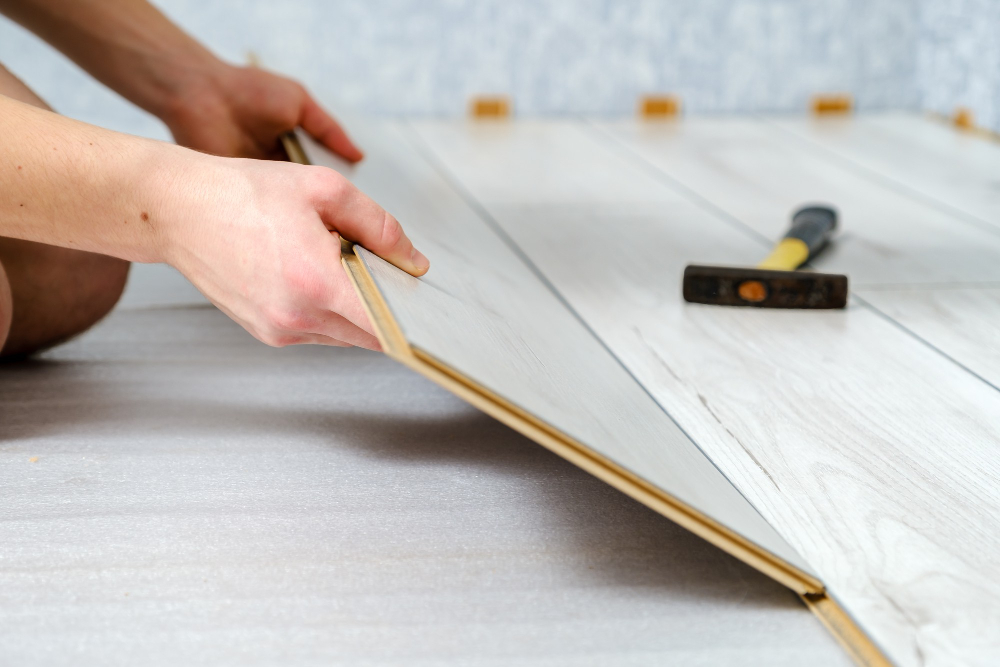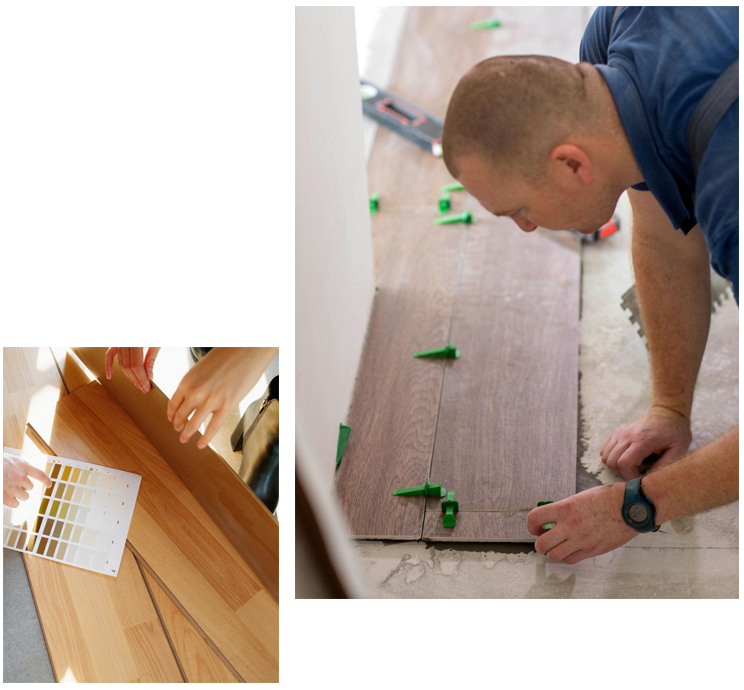Understanding LVT: Luxury Vinyl Tile & Plank
There are two types of LVT that come under the name of LVT or LVP which essentially both mean the same; LVT stands for Luxury Vinyl Tile and Luxury Vinyl Plank. Both products have their own installation process and both products come in Click systems or Fully-Bonded systems. The choice is really down to individual preference in terms of aesthetics, comfort, durability and what type of colourisation is available in either one of the products. Customers may find the ideal colour that they're looking for in one or both of the systems.
Understanding Technical Details
What customers who are in the market should be aware of is product thickness, wear layer, and LRV (Light Reflectance Value) that could have an adverse effect on individuals with sensitivity issues around vision. Consequently, the lower the LRV, the less light/glare will be reflected from the surface, whereby a higher LRV rating will naturally have a higher surface glare which could cause discomfort to the eyes.
 LVT & LVP Defined
LVT & LVP Defined Installation Types
Installation Types Customization
Customization Personal Preference
Personal Preference




